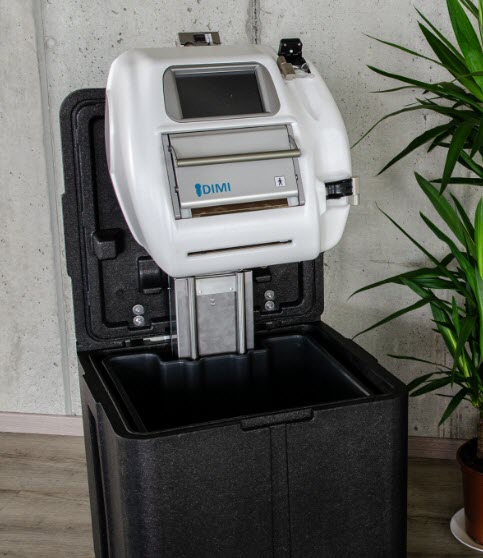Blood purification is a medical process used to remove toxins, waste products, or other harmful substances from the blood. This therapy is often used to treat patients with conditions such as kidney failure, sepsis, autoimmune diseases, or severe infections. Blood purification can take several forms, depending on the underlying condition and medical need. Here are the most common methods:
1. Hemodialysis
- Purpose: Primarily used for patients with kidney failure.
- Process: Blood is filtered through an external machine (dialyzer) to remove waste, toxins, and excess fluid.
- Indications: Chronic kidney disease, acute kidney injury.
2. Hemofiltration
- Purpose: Removes waste and fluids in critically ill patients.
- Process: Blood is passed through a filter to remove solutes and excess water, often used in intensive care units (ICUs).
- Indications: Acute kidney failure, severe fluid overload.
3. Plasmapheresis (Therapeutic Plasma Exchange)
- Purpose: Removes and replaces plasma from the blood.
- Process: Blood is separated into plasma and cells. The plasma containing harmful substances is discarded and replaced with a plasma substitute.
- Indications: Autoimmune diseases (e.g., lupus, Guillain-Barré syndrome), certain blood disorders.
4. Hemoperfusion
- Purpose: Filters toxins directly from the blood using adsorbent cartridges (e.g., activated charcoal).
- Process: Blood passes through a device that binds and removes specific toxins.
- Indications: Drug overdoses, poisoning, sepsis.
5. CRRT (Continuous Renal Replacement Therapy)
- Purpose: A slower, continuous form of dialysis often used in critically ill patients.
- Process: Blood purification is carried out continuously over 24 hours to stabilize hemodynamically unstable patients.
- Indications: Acute kidney injury in ICU settings.
6. Immunoadsorption
- Purpose: Removes specific immune-related molecules such as antibodies.
- Process: Blood passes through a column that binds and removes specific immune components.
- Indications: Autoimmune diseases, organ transplant rejection.
7. Cytokine Removal (Hemoadsorption)
- Purpose: Removes excessive cytokines in conditions like sepsis or severe inflammation.
- Process: Blood is passed through a filter or adsorber to reduce inflammatory mediators.
- Indications: Sepsis, cytokine storm (e.g., in COVID-19).
8. Extracorporeal Membrane Oxygenation (ECMO)
- Purpose: Provides oxygenation and blood purification simultaneously.
- Process: Blood is oxygenated outside the body, removing carbon dioxide and sometimes toxins.
- Indications: Severe heart or lung failure.
Applications
Blood purification therapies are commonly used in:
- Chronic Kidney Disease (CKD)
- Sepsis and Septic Shock
- Liver Failure
- Poisoning/Drug Overdose
- Autoimmune Diseases
- Critical Care
Advancements
Recent advancements in blood purification technology include:
- Adsorption Technologies: Filters that target specific molecules like cytokines.
- Portable Devices: Smaller, mobile units for dialysis and hemoperfusion.
- Bioartificial Organs: Developing devices that mimic kidney or liver functions.

